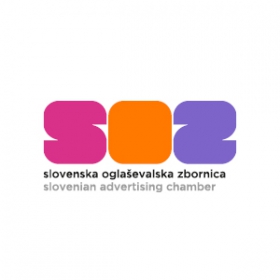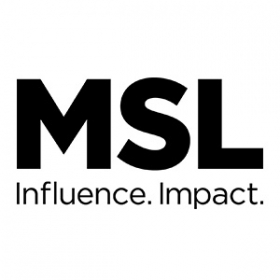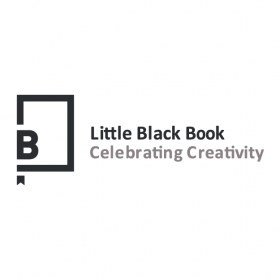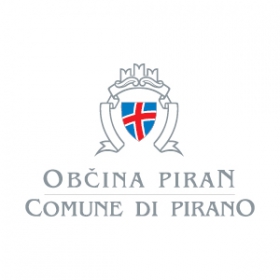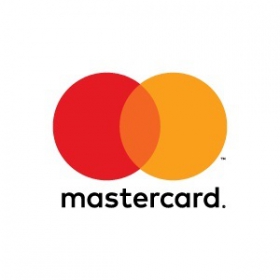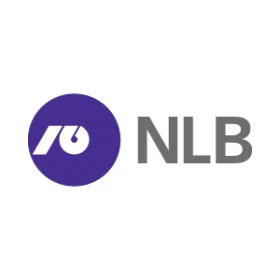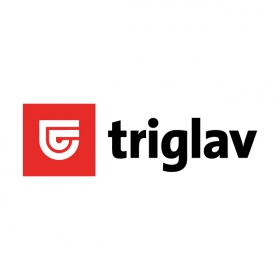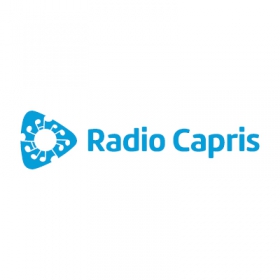The most impressive feature of a story is its “truthfulness” or “closeness to reality.” In fact, most of the time, it matters even more than how the story is told. You can only weaken the power of a true story by setting it up poorly. When your primary goal is to direct the attention of your audience in a particular direction, it is essential that you enrich your story with catchy, impressive, or even exciting information and details. This is precisely why those who can tell a story people haven’t heard before with the simplicity that is so familiar to them always stay a step ahead.
It is certainly possible to fictionalize an ad as a fantasy, but no product or service can be positioned as a figment of our imagination. You can elicit different feelings in each consumer, but you can’t ignore the fact that they will, at last, come face-to-face with reality the moment they experience your product or service.
Although we pride ourselves on our commitment to traditional advertising, we also never let go of our interest, even our occasional passion, for what is new. Nowadays, it’s trendy to incorporate the term “digital” to every topic that has to do with communication, as it’s believed to connote newness. Unfortunately, however, digital storytelling doesn’t create its own trends. Instead, these trends are shaped according to new advertising models. The duration, wording, and even portrayal of our stories are dependent on the capabilities of the networks available to us. As a result, the latest trend is to challenge the limits of the outlet in which you tell your story, using the potential available to everyone to find innovative methods and stand out from the crowd. It’s crucial to determine where your audience lies. It’s easy to confirm this through web + social listening techniques as well as digital research. Once you successfully arrive at the same place as your audience, it’s enough to properly utilize the dynamics and language of the outlet—to play the game by its rules.
Although having data is an advantage, it doesn’t necessarily enable you to use it effectively. You should focus on knowing the characteristics of the people who will listen to your story rather than knowing the product or service whose story you’re telling. After all, producing the ad might enable you to meet, but it doesn’t guarantee you’ll be friends.
Gürkan Gürel, Creative Director, Tick Tock Boom, Turkey

